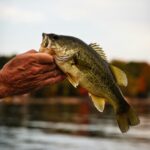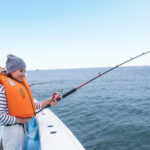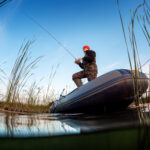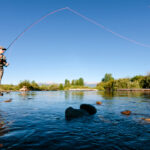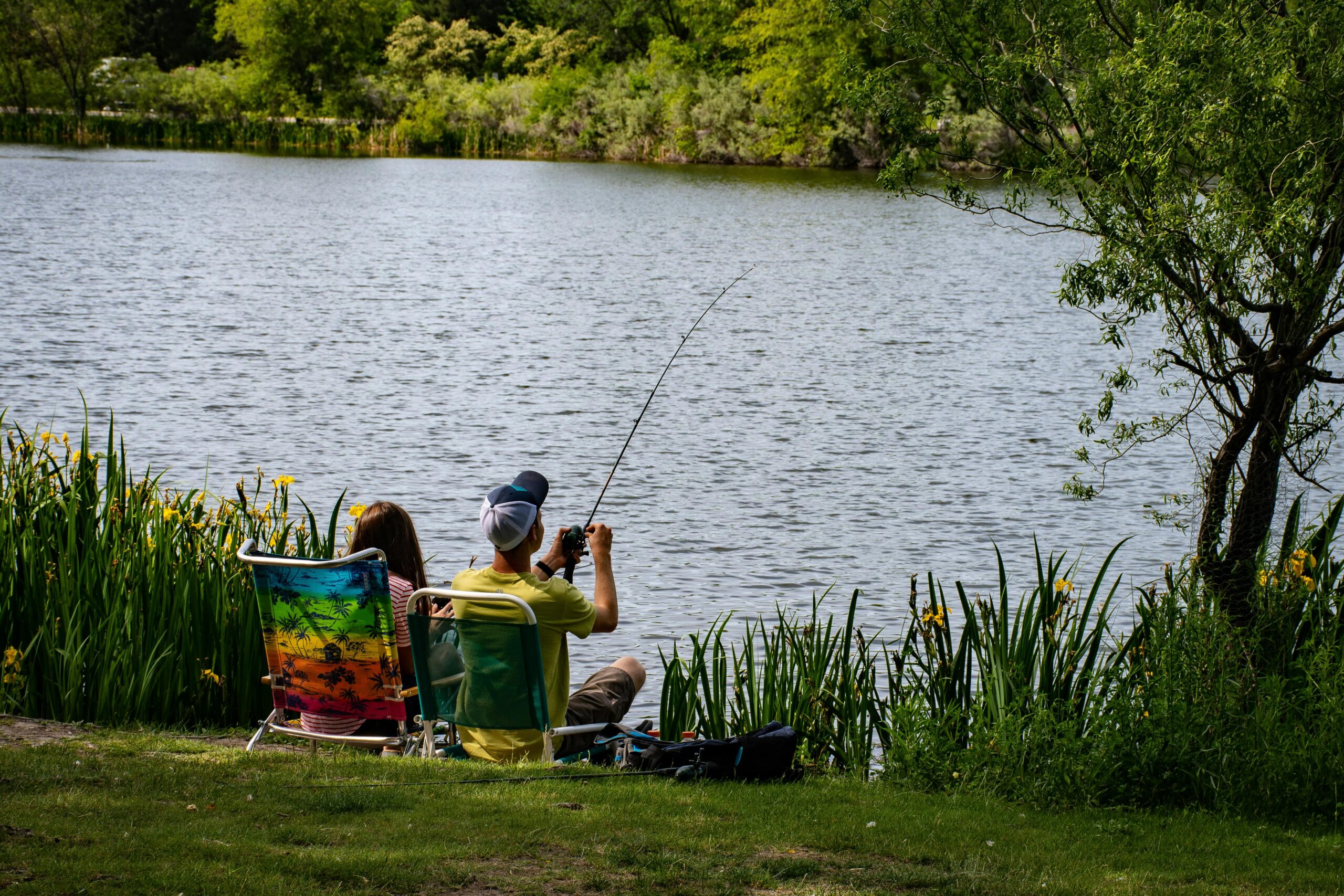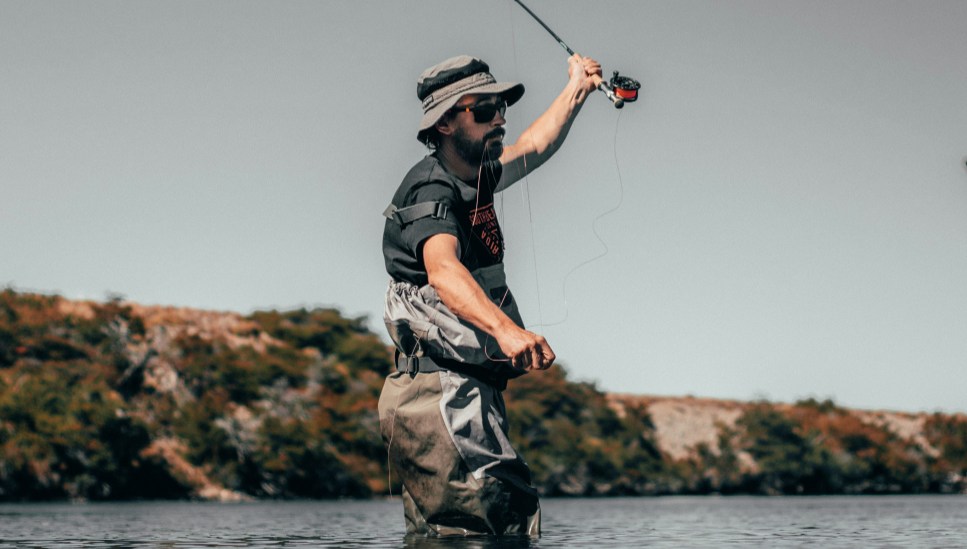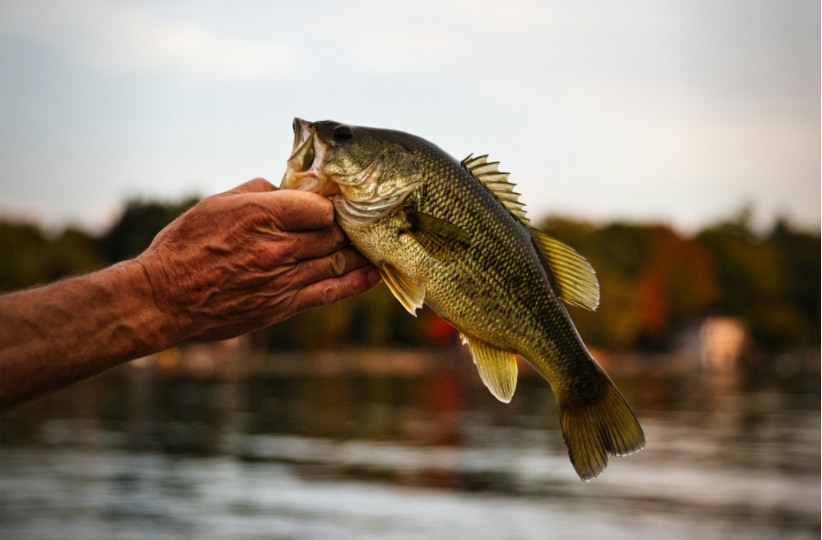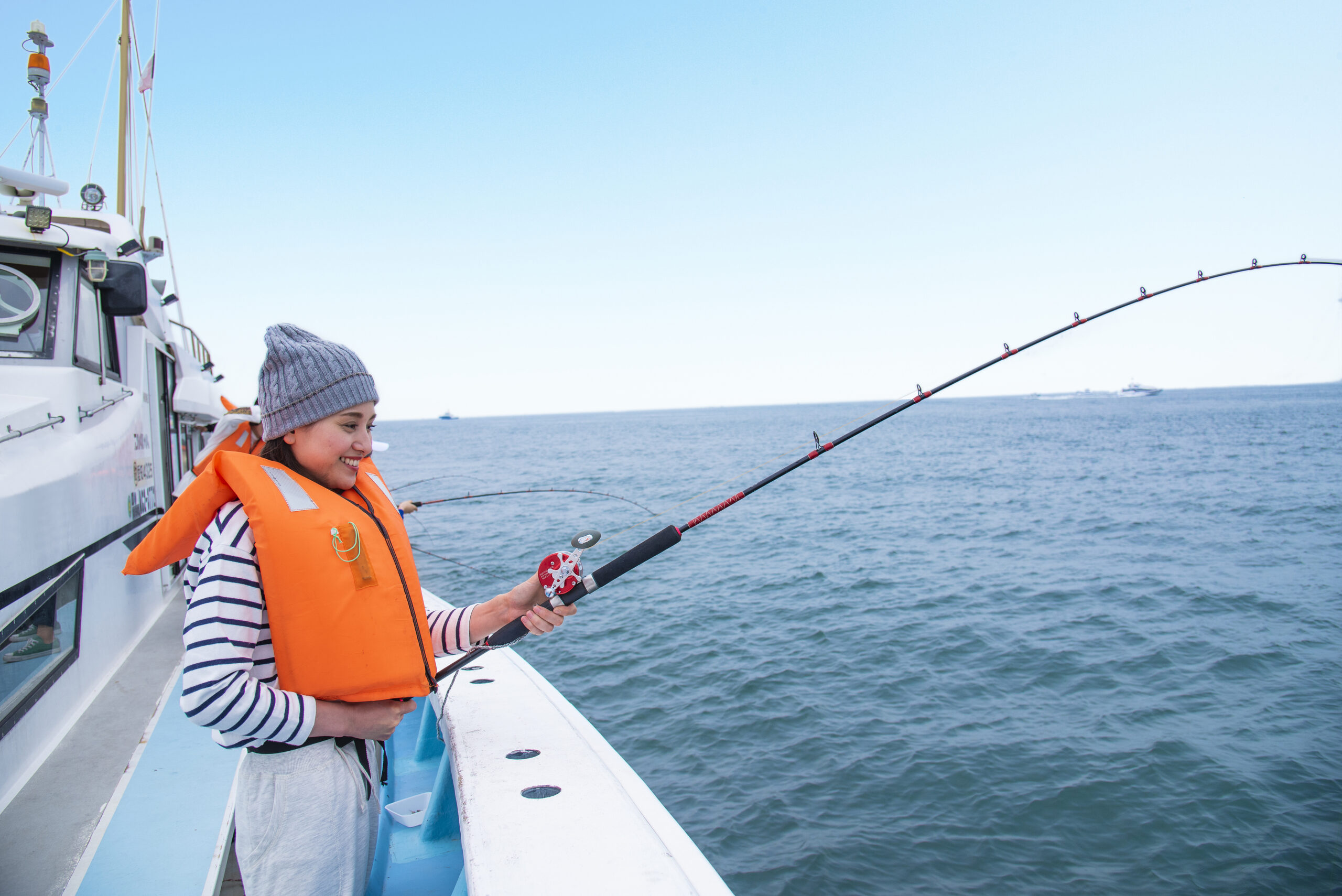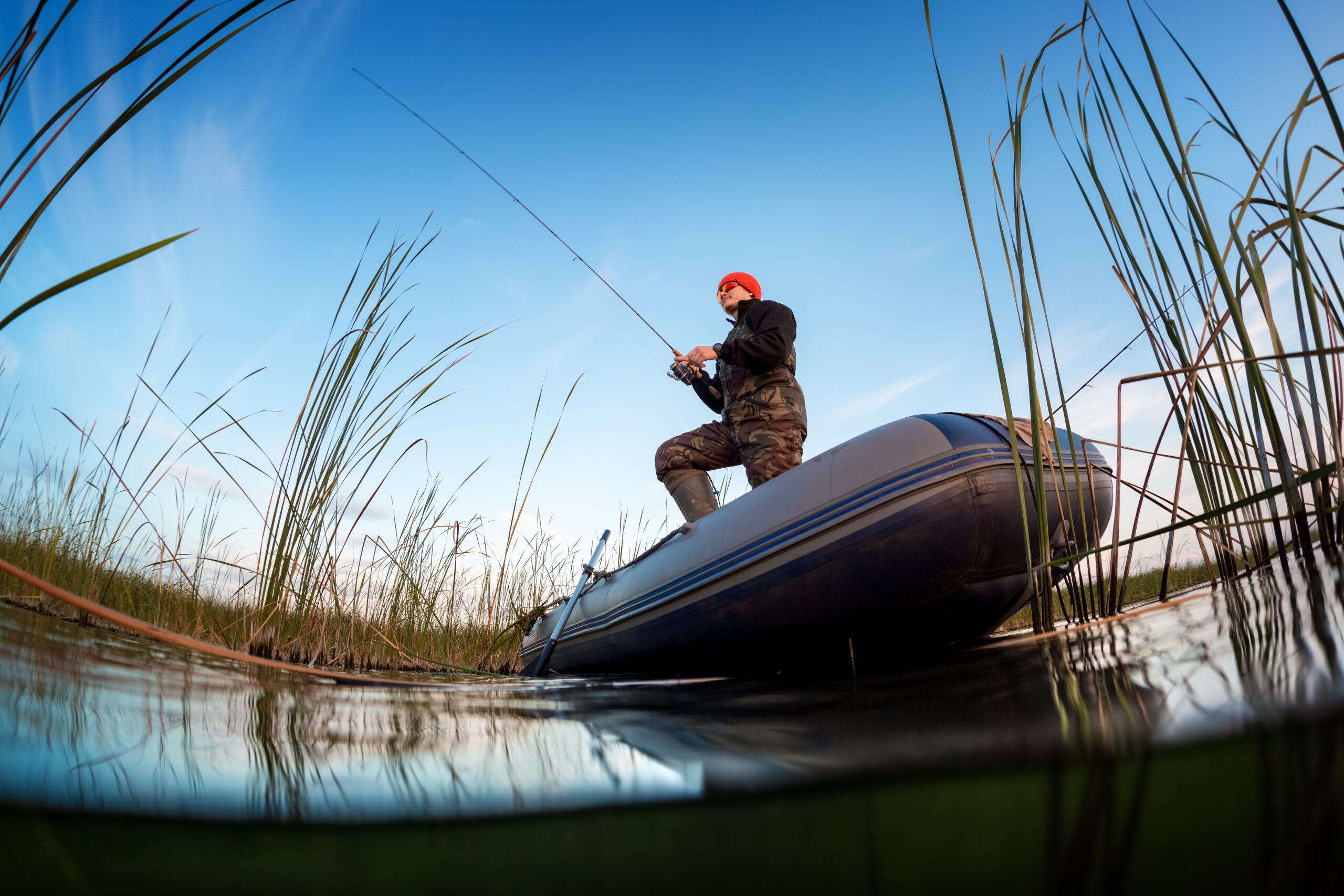Fly fishing, often referred to as the “art” of fishing, is as much about technique and patience as it is about catching fish. Unlike conventional fishing, fly fishing uses an artificial fly to catch fish, and the technique involves casting this fly using a specially designed fly rod, reel, and line. Whether you’re a beginner eager to learn the basics or an experienced angler refining your craft, this comprehensive guide will help you navigate the world of fly fishing, offering tips, gear recommendations, and a deeper understanding of the sport.
What is Fly Fishing?
Fly fishing is a method of fishing that uses a lightweight, artificial fly to catch fish, typically in freshwater environments such as rivers, streams, lakes, and ponds. The fly is cast with the help of a fly rod, which is specifically designed to handle delicate, weighted lines. Unlike traditional fishing techniques, which rely on baited hooks, fly fishing mimics the movements of insects and other small organisms that fish prey upon.
Fly fishing offers a unique experience, often described as more meditative and tactical than other fishing methods. The casting motion, known as “fly casting,” is an art form in itself. Successful fly fishing requires an understanding of the water, the fish, the insects, and the right techniques to bring it all together.
The History of Fly Fishing
Fly fishing dates back to ancient civilizations, with evidence of the technique being practiced in China and Greece around 2000 years ago. However, it wasn’t until the 15th century in Europe that fly fishing truly began to evolve into the form we recognize today. The famous English book “The Treaty of Fishing” by Dame Juliana Berners, written in 1496, is one of the earliest known texts on fly fishing, discussing techniques and fly patterns.
In the United States, fly fishing gained popularity in the 19th century, particularly in the mountain streams of the American West. Since then, it has grown into a beloved pastime, with millions of anglers taking to the waters every year in pursuit of both relaxation and sport.
Types of Fly Fishing
Fly fishing is a diverse and versatile sport that can be adapted to different environments and species of fish. Here are some common types of fly fishing you may encounter:
1. Freshwater Fly Fishing
The most common type of fly fishing, freshwater fishing takes place in rivers, streams, and lakes. It’s ideal for catching species like trout, bass, and panfish. The techniques can range from casting in shallow, fast-moving water to deep nymphing in slow-moving rivers.
2. Saltwater Fly Fishing
Saltwater fly fishing involves fishing in coastal waters, such as oceans, bays, and estuaries. Anglers target species like bonefish, tarpon, redfish, and even sharks. Saltwater fly fishing requires a heavier rod and line setup due to the larger fish species and stronger currents.
3. Stillwater Fly Fishing
Stillwater fly fishing takes place in lakes and ponds where the water is calm. The techniques often involve fishing from a boat or from the shoreline, using a variety of flies to mimic the aquatic life found in still waters, including leeches, minnows, and other small organisms.
4. Streamer Fishing
Streamer fishing is used to target larger fish like bass or predatory species. Streamers imitate baitfish, minnows, or other aquatic creatures, and the goal is to cast these flies near fish hiding spots and retrieve them in a way that entices the fish to strike.
Essential Gear for Fly Fishing
Before hitting the water, it’s important to have the right gear to ensure a successful and enjoyable experience. Below are the key pieces of equipment you’ll need for fly fishing:
1. Fly Rod
The fly rod is the heart of your fly fishing setup. It’s a long, flexible rod designed to handle the weight of the fly line and provide accurate casting. Rods come in various lengths, materials, and weights, and the choice will depend on the type of fishing you’ll be doing. A typical rod length ranges from 7 to 9 feet, and rod weight varies from 2 to 12, depending on the species of fish and water conditions.
2. Fly Reel
The fly reel holds the fly line and allows you to retrieve your line after casting. Fly reels are designed to balance the weight of the fly rod and provide smooth line retrieval. They come in various sizes, typically matching the rod weight to ensure smooth performance.
3. Fly Line
Fly lines are heavier and thicker than conventional fishing lines. The weight and material of the line determine how well you can cast your fly. Most fly lines are made of synthetic materials and come in floating, sinking, or intermediate varieties. For beginners, a floating line is typically the easiest to use.
4. Flies
Flies are artificial lures that resemble the insects or baitfish that fish naturally prey on. Flies come in different categories, including dry flies (which float on the surface), wet flies (which sink), and nymphs (which mimic the aquatic larval stage of insects). The key to fly fishing success is selecting the right fly for the conditions and the fish species you’re targeting.
5. Waders
Waders are waterproof garments worn by anglers to keep dry while standing in or walking through the water. They are essential for fly fishing in rivers or streams, especially in colder waters. Waders come in different styles, including hip waders and chest waders, depending on the depth of the water you plan to fish in.
6. Fishing Vest or Pack
A fishing vest or pack is essential for storing flies, tippets, tools, and other necessary gear. It allows you to have everything at your fingertips while you’re on the move. Many vests and packs come with multiple pockets, D-rings, and attachment points for added convenience.
Fly Casting: The Heart of the Sport
The fly cast is one of the most important skills to master in fly fishing. It’s not just about throwing a line out; it’s about timing, technique, and precision. There are several types of casts, but here are the two most commonly used:
1. The Overhead Cast
This is the most basic and common cast. It involves pulling the fly line behind you and then using a forward motion to send the fly into the water. The key is to make sure your line is straight and taut during the cast.
2. The Roll Cast
The roll cast is used when you don’t have much room behind you, such as when fishing in dense brush or confined spaces. Instead of casting the line behind you, you roll the line forward with a quick flick of the wrist.
Mastering these casting techniques takes practice. Begin with basic drills and gradually increase the complexity as you become more comfortable with the motion.
Tips for Successful Fly Fishing
- Observe the Water: Look for signs of fish activity. Ripples, jumps, and surface feeding can give you clues as to where fish are located.
- Match the Hatch: Matching the fly to the local insect hatch is one of the most effective ways to attract fish. Pay attention to what bugs are active in the area and use flies that resemble them.
- Patience is Key: Fly fishing requires a great deal of patience, particularly when you’re learning. Spend time observing the water, experimenting with different flies, and practicing your cast.
- Learn the Local Ecosystem: Each body of water has its own ecosystem, and understanding the types of fish, insects, and other organisms that live there will help you become a more successful angler.
- Practice Casting Regularly: Casting is a skill that improves with repetition. Try to practice in different conditions, such as windy or tight spaces, to build versatility.
Conclusion: Why Fly Fishing is More Than Just a Sport
Fly fishing is not just a hobby; it’s a lifestyle, a form of relaxation, and a way to connect with nature. Whether you’re chasing rainbow trout in a mountain stream or targeting saltwater species along the coast, the meditative rhythm of fly fishing offers a rewarding experience for those who take the time to learn and appreciate its nuances.
With patience, the right gear, and a commitment to honing your skills, fly fishing can be a lifelong pursuit that offers both challenge and enjoyment. The thrill of landing that perfect catch after a day of casting, watching the fly dance on the water, and seeing the world from a different perspective makes fly fishing a truly unique and rewarding activity.
So, if you’re looking for an escape, an adventure, or simply a new challenge, fly fishing might just be the perfect sport for you


